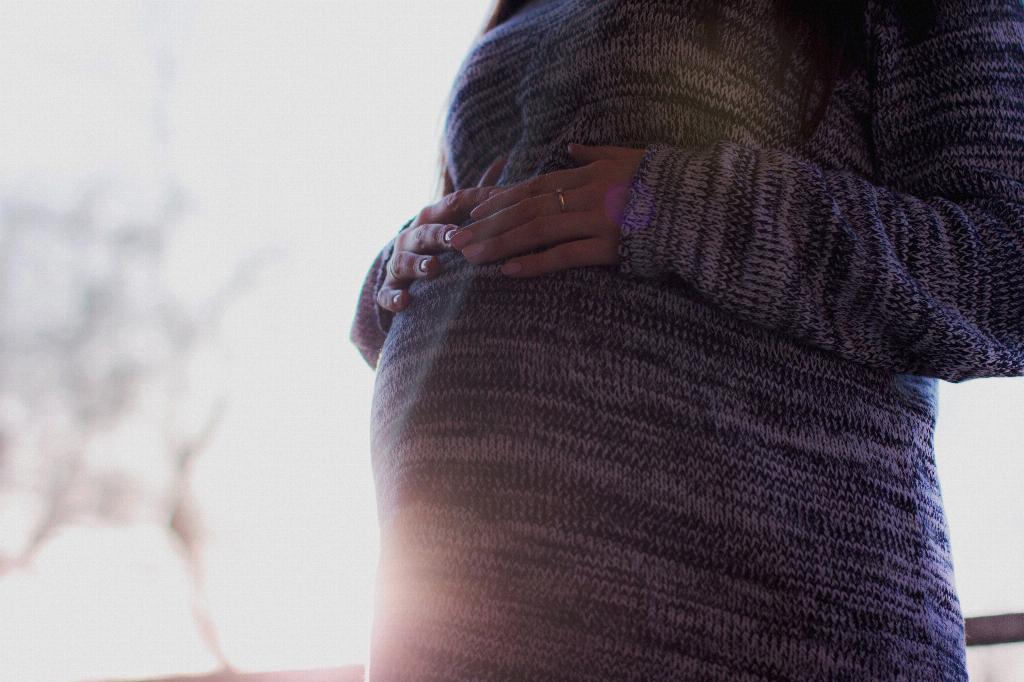When it comes to the transmission of HPV from mother to child, the answer is a resounding yes. Research has indicated that vertical transmission of HPV from the mother to the fetus is a well-documented phenomenon. In fact, studies have shown that as many as 80% of neonates born to women with genital HPV have HPV DNA detectable in their nasopharyngeal aspirate or oral mucosa.
This transmission can occur during the birth process, particularly in cases where the mother has active genital HPV infections at the time of delivery. The presence of HPV in the birth canal increases the likelihood of the virus being passed on to the newborn. This transmission route highlights the importance of understanding the risks and implications of maternal HPV infection.
It is important to note that while the transmission of HPV from mother to child is a documented occurrence, not all babies born to HPV-positive mothers will necessarily acquire the virus. Factors such as the mother’s viral load and the specific HPV genotype can influence the likelihood of transmission. Additionally, the immune response of the newborn plays a role in determining whether the virus establishes an infection.
Research has shown that the presence of HPV in neonates born to HPV-positive mothers may persist for an extended period, ranging from months to even years. This prolonged presence emphasizes the need for monitoring and follow-up care for infants born to mothers with HPV infections.
Furthermore, the detection of HPV DNA in neonates underscores the potential for vertical transmission of the virus through various routes, including respiratory secretions and oral mucosa. These findings underscore the complex nature of HPV transmission and the need for comprehensive strategies to address maternal-fetal transmission.
Despite the potential for HPV transmission from mother to child, there are measures that can be taken to reduce the risk. For instance, HPV vaccination prior to pregnancy can help decrease the likelihood of maternal infection and subsequent transmission to the newborn. Educating pregnant women about the risks of HPV transmission and the importance of prenatal care can also play a significant role in prevention.
In cases where vertical transmission of HPV does occur, timely identification and management are crucial. Healthcare providers should be vigilant in assessing newborns born to HPV-positive mothers and implementing appropriate monitoring and treatment protocols as needed.
Additionally, raising awareness about HPV and its potential impact on maternal and child health is essential in promoting preventive measures and early interventions. By fostering a better understanding of HPV transmission dynamics, we can work towards reducing the burden of HPV-related infections among vulnerable populations.
In conclusion, the transmission of HPV from mother to child is a well-documented phenomenon with significant implications for maternal and child health. Understanding the factors that influence vertical transmission and implementing proactive strategies can help mitigate the risks associated with maternal HPV infections. By prioritizing education, prevention, and early intervention, we can strive towards reducing the impact of HPV on newborns and improving overall health outcomes for both mothers and their children.

